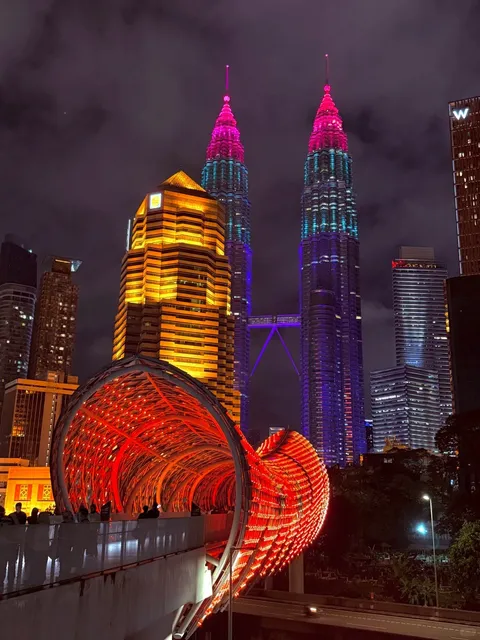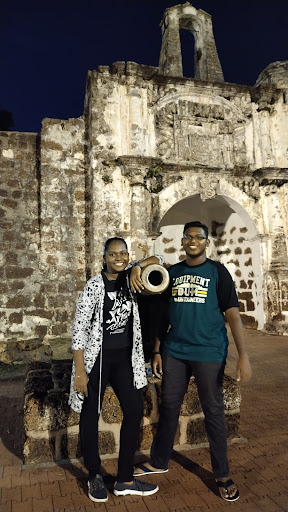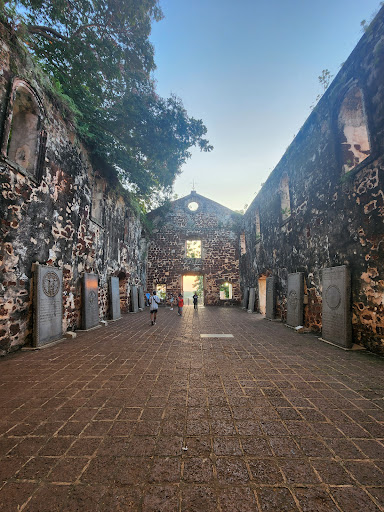A Famosa things to do, attractions, restaurants, events info and trip planning
Basic Info
A Famosa
Jln Parameswara, Banda Hilir, 78000 Alor Gajah, Melaka, Malaysia
4.4(7.6K)
Open 24 hours
Save
spot
spot
Ratings & Description
Info
A Famosa was a Portuguese fortress built in Malacca, Malaysia, in 1512. The oldest part of the fortress was a five-storey keep which gave its name to the fortress as a whole.
Cultural
Outdoor
Family friendly
attractions: Muzium Istana Kesultanan Melaka, Church of Saint Paul, Malacca, Proclamation of Independence Memorial, Jonker Street Night Market, Taming Sari Tower (Malacca Tower), The Malay and Islamic World Museum, Dutch Square (Red Square) Melaka, Melaka River Cruise Jeti Quayside, Christ Church Melaka, Stadthuys, restaurants: Mi Tarik Sinlan Melaka, Maidah Pakistani and Arabic Restaurant, McDonald's Dataran Pahlawan DT, Black Canyon Dataran Pahlawan Megamall, Asam Pedas Selera Kampung Sdn Bhd, Rumah Belanda (Jalan Kota, Melaka), Ayam Bakar Wong Solo @Melaka, Hard Rock Cafe Melaka, ATLANTIC NYONYA @ MELAKA RAYA, GravyBaby Melaka at Jonker Street
 Learn more insights from Wanderboat AI.
Learn more insights from Wanderboat AI.Plan your stay

Pet-friendly Hotels in Malacca
Find a cozy hotel nearby and make it a full experience.

Affordable Hotels in Malacca
Find a cozy hotel nearby and make it a full experience.

The Coolest Hotels You Haven't Heard Of (Yet)
Find a cozy hotel nearby and make it a full experience.

Trending Stays Worth the Hype in Malacca
Find a cozy hotel nearby and make it a full experience.
Reviews
Nearby attractions of A Famosa
Muzium Istana Kesultanan Melaka
Church of Saint Paul, Malacca
Proclamation of Independence Memorial
Jonker Street Night Market
Taming Sari Tower (Malacca Tower)
The Malay and Islamic World Museum
Dutch Square (Red Square) Melaka
Melaka River Cruise Jeti Quayside
Christ Church Melaka
Stadthuys
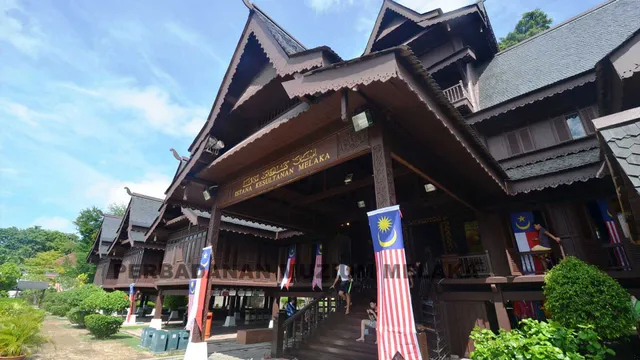
Muzium Istana Kesultanan Melaka
4.4
(1.0K)
Open 24 hours
Click for details

Church of Saint Paul, Malacca
4.4
(1.0K)
Open 24 hours
Click for details
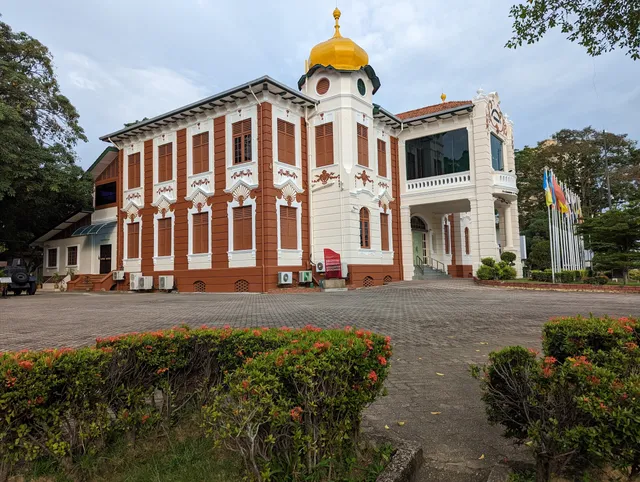
Proclamation of Independence Memorial
4.5
(142)
Open 24 hours
Click for details
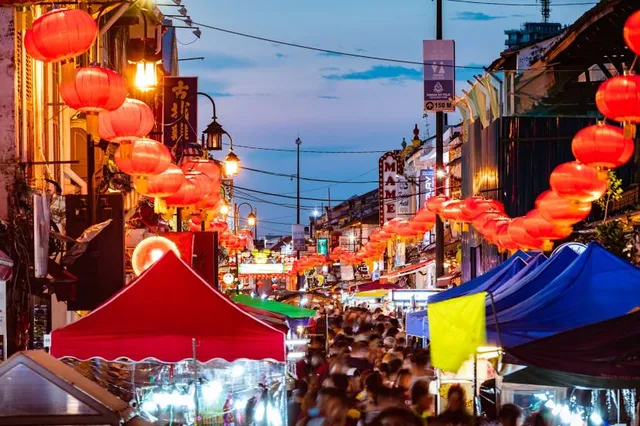
Jonker Street Night Market
4.3
(11.5K)
Open 24 hours
Click for details
Things to do nearby
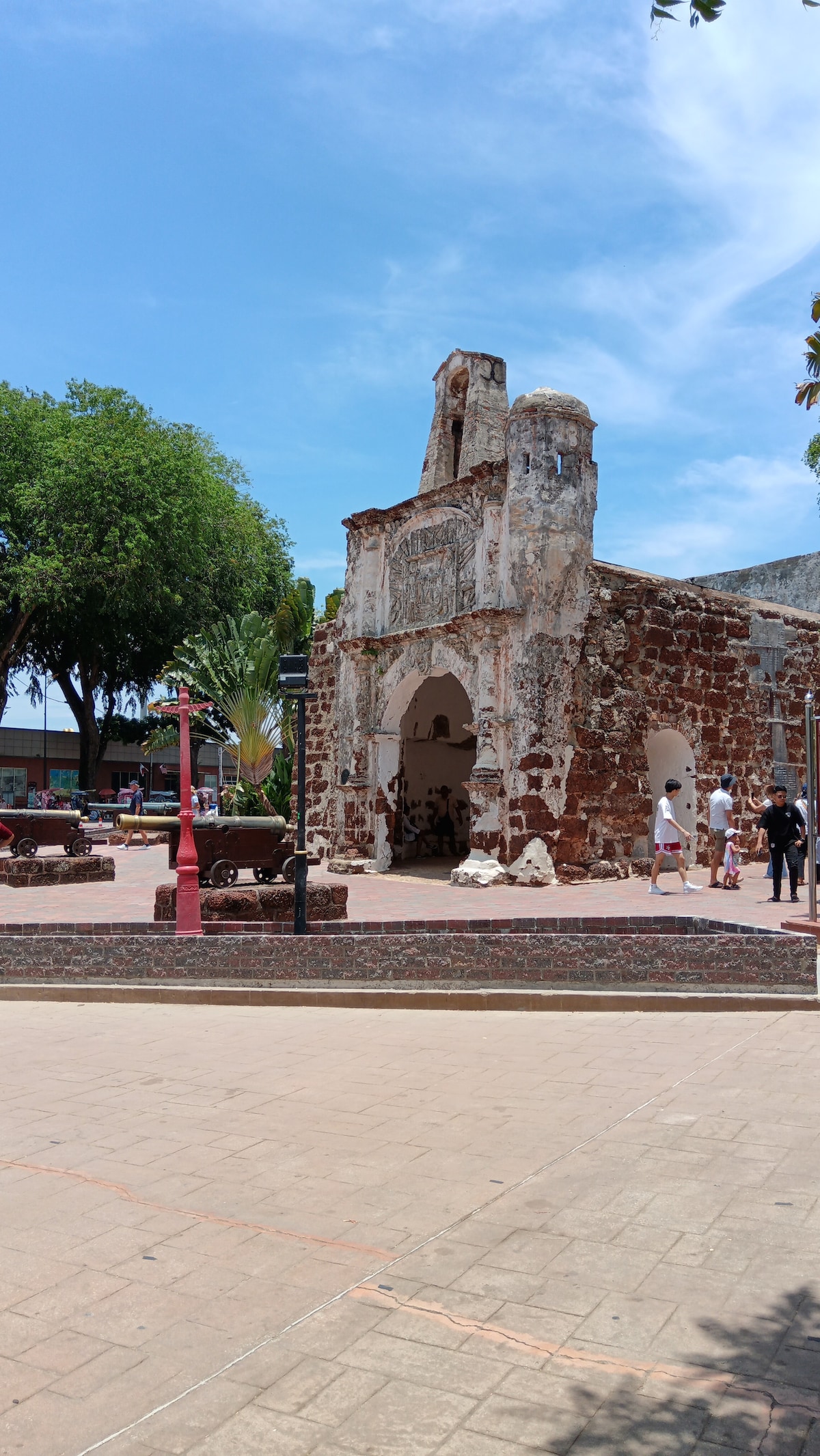
Beyond Unesco heritage discovery ride
Sat, Jan 10 • 8:00 AM
75000, Malacca, Malacca, Malaysia
View details

Melaka Flavours Food and Culture Tour
Fri, Jan 9 • 9:30 AM
75200, Malacca, Malacca, Malaysia
View details
Nearby restaurants of A Famosa
Mi Tarik Sinlan Melaka
Maidah Pakistani and Arabic Restaurant
McDonald's Dataran Pahlawan DT
Black Canyon Dataran Pahlawan Megamall
Asam Pedas Selera Kampung Sdn Bhd
Rumah Belanda (Jalan Kota, Melaka)
Ayam Bakar Wong Solo @Melaka
Hard Rock Cafe Melaka
ATLANTIC NYONYA @ MELAKA RAYA
GravyBaby Melaka at Jonker Street

Mi Tarik Sinlan Melaka
4.8
(329)
Click for details

Maidah Pakistani and Arabic Restaurant
4.9
(982)
$
Click for details
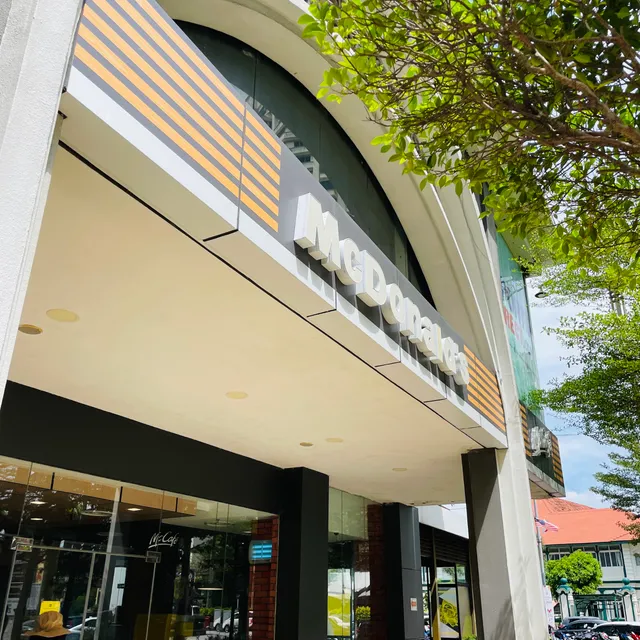
McDonald's Dataran Pahlawan DT
4.0
(855)
$$
Open until 3:00 AM
Click for details

Black Canyon Dataran Pahlawan Megamall
4.0
(197)
Click for details



